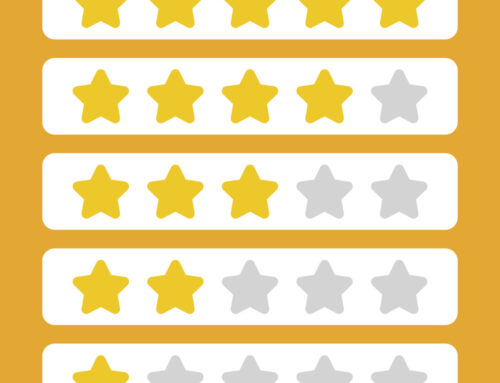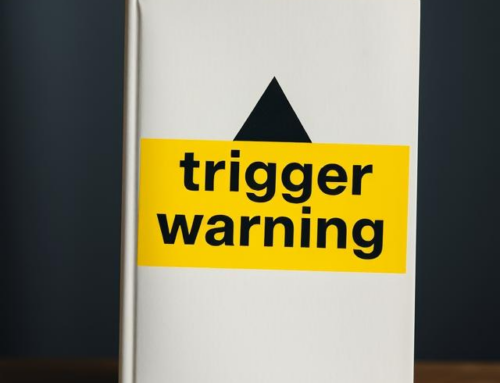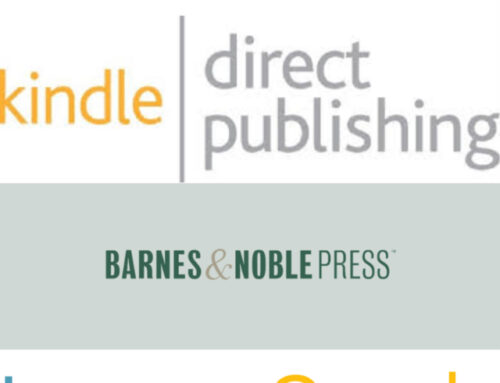As a self-published author, completing a project is exciting. The world can read the book that you poured your heart into, but do you know who your readers are? Understanding your audience is essential to selling your work.
Readers are more likely to engage with you when your marketing resonates with them. They may also share your most recent release with others. Shape your promotional strategies for your target reader, and your voice will reach the right people. Here is how to define your audience and engage them.
Identify Your Reader Persona
Identifying your target audience is the first step. Ask yourself who would enjoy your book, what age they are, and what habits, preferences, and interests they have.
Readers who enjoy romance novels may come from different demographics than those who read young adult or horror novels. Defining the basics of who your audience is narrows your focus. General research from trade publications and surveys can provide insight into who reads what. For more specific data, send your readers a questionnaire to learn more about them. You can apply your knowledge to create a mock reader you want to market to and write for.
Reader personas represent real people. Give your persona a name, age, occupation, hobbies, and reading preferences. Consider which genres and platforms they gravitate toward and the type of media they prefer. Younger readers might enjoy a TikTok video, while millennials could prefer an Instagram post. Knowing the age and gender of your typical reader provides a wealth of details to work with when planning book launch campaigns.
Define Your Audience’s Concerns
Figuring out how to sell your books may be one of the most challenging parts of publishing. In a survey of independent authors, 78.5% mentioned the difficulty of marketing. The last thing you want is to spend money and have your efforts fall flat. Knowing your audience’s needs ensures your messaging is on point.
The most effective way to understand your audience is to identify what pains them. Why are they looking for a published work like yours? Get inside the reader’s brain and determine what problem they are looking to solve with various resources. For example, if your novel explores how to deal with a wayward adult child, perhaps your audience is made up of people whose children have issues with addiction or other unhealthy behaviors. If you write and market to please everyone, you may be pleasing no one. Identify key issues and focus on resolving them for your particular audience.
Find the Right Channels
Now that you know who your reader is, consider where they spend their time. If you run ads on Facebook, but your typical reader spends most of the day on X or Pinterest, you will not reach them, no matter how much money you spend. Since nearly 60% of U.S. shoppers purchase products after seeing them on social media, aligning your marketing efforts with the correct platform is crucial.
Consider everything from the time of day users are most likely to consume content to their preferred format and platform. Pay attention to your analytics dashboard for details on the best-performing post times and days and how users engage with you. It is best to focus on one or two platforms at a time and build your audience and interaction before expanding.
Decide how frequently you will post and be consistent so readers can rely on new content from you at regular intervals. Studies show that 92% of Gen Z and millennials check social media daily, and many of them purchase books based on Instagram or TikTok recommendations.
Test Your Efforts
Although statistics and analytics give you some idea of what your audience wants, each author and their audience are unique. Use your gathered knowledge and run micro-campaigns to see how readers respond.
Run a single ad targeting the persona you built. Send people to a specific landing page so you can track click-through and conversion rates. Pay attention to how many people are engaging. Take a closer look at some profiles to confirm they match your expected demographics.
Run multivariate ads to test different wording, imagery, titles, and hooks. Take note of which ones get the best responses. Once you gather some data, refine your persona and messaging. Adjust your book description or create a new cover. Like a real person, your reader persona will change and grow over time as you collect data and reader responses.
Pinpointing Your Audience Strengthens Sales
You can spend a lot of money promoting your books without results. If you write to a single person, speak to their struggles, immerse yourself in their media, interact with them, and treat them like a human being, you will create a gravitational pull that draws other readers in. Identify who your reader is, test your theories, and speak in your reader’s voice to get your book noticed among the sea of weekly releases.
Get an Editorial Review | Get Amazon Sales & Reviews | Get Edited | Get Beta Readers | Enter the SPR Book Awards | Other Marketing Services






















Leave A Comment